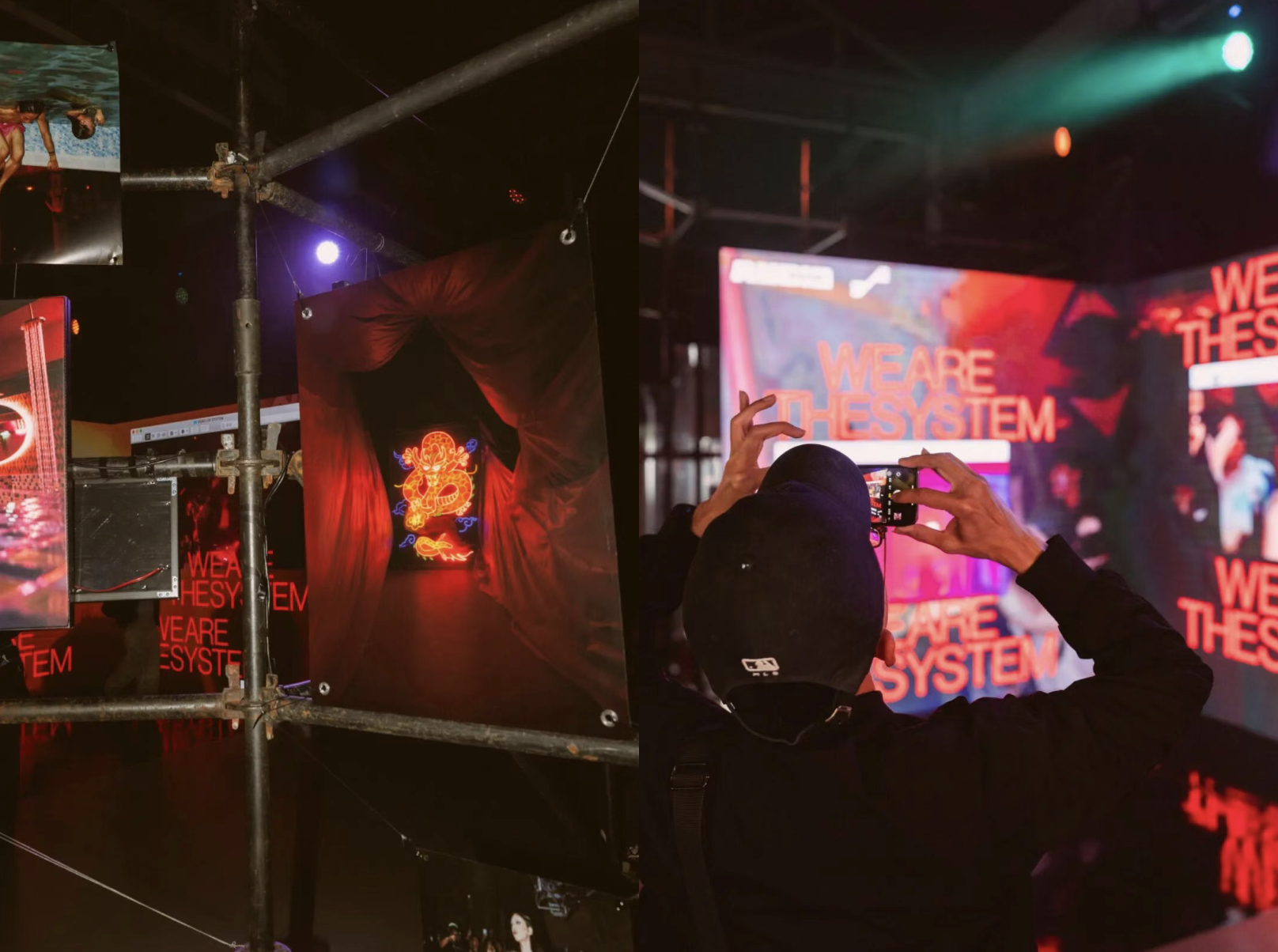Yin (音, “music”) is a weekly RADII column that looks at Chinese songs spanning hip hop to folk to modern experimental, and everything in between. Drop us a line if you have a suggestion.
The Court of the Crimson King is undoubtedly a seminal album, but it still comes as something of a surprise to learn that its influence has reached the steppes of Inner Mongolia. Admittedly, the average resident of the grassland-dominated “autonomous region” of northern China may not be intimately familiar with British prog-rock band King Crimson, but in (now Beijing-based) musician Hai Qing, the area has an artist who is to some extent spreading the sounds of that late ’60s and ’70s avant rock scene to modern day China.
This first became apparent on his debut album The Flesh, which fused Mongolian rhyming schemes, traditional instruments, and throaty vocals with elements of psychedelic art rock, jazz, and experimental noise. Now, two years on, he’s released a follow up, Utopian Daymare, which takes these avant influences and splashes them across an even grander canvas.
Available on beautiful blue-grey vinyl, none of the album’s eight tracks clock in below six minutes, and two go gloriously beyond the 10 minute mark. Yet the record is not just epic in terms of song-length, but also in terms of vision. The songs mostly started life as simple folk ballads, before Hai Qing turned them over to collaborator Li Xing (who featured prominently on The Flesh but with Utopian Daymare gets co-billing in the artist category) to transform them into bigger, bolder full band pieces.
By the time these made it to the studio, it seems the pair came prepared to engage in epic psychedelic rock freak outs, though the official blurb makes clear that “the Mongolian rhyming scheme, traditional folk instrumentation, and improvisation [of The Flesh], have all been reduced to a minimum in this project.” Nevertheless, there’s a bristling improvisational-like energy to many of the tracks, which often seem to start in one place and end up somewhere entirely different.
“Roll the Egg Run” (embedded up top) is the climax of all this, an “absurdist parable” writ large over 12 minutes of expansive instrumentation and thumping rock ‘n’ roll, as Hai Qing asks “How far can it be from east to west?” It makes the distance from ’70s Britain to modern day Inner Mongolia feel a little smaller than it sometimes can, as Hai Qing and Li Xing bare their influences while bringing their own original ideas to the fore in triumphant style.














